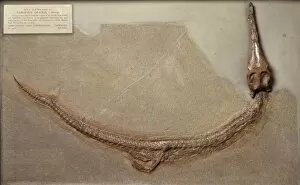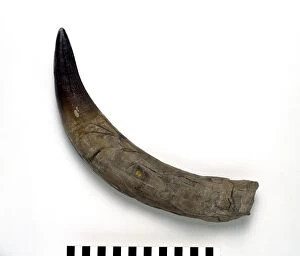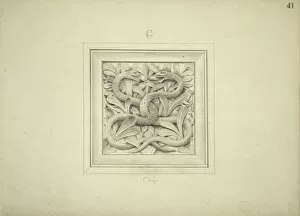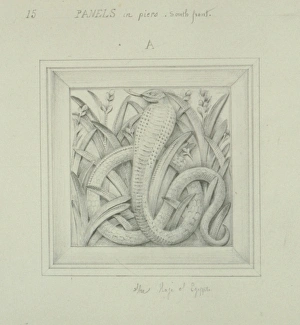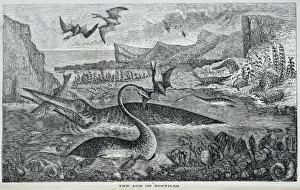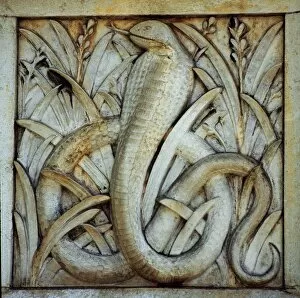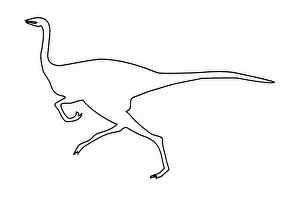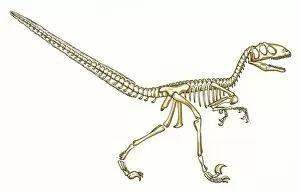Diapsida Collection (page 8)
"Diapsida: Unveiling the Enigmatic World of Extinct Marine Reptiles" Step into a world of awe-inspiring and sometimes awful changes with our captivating diapsida cartoon
All Professionally Made to Order for Quick Shipping
"Diapsida: Unveiling the Enigmatic World of Extinct Marine Reptiles" Step into a world of awe-inspiring and sometimes awful changes with our captivating diapsida cartoon. Explore the depths of ancient oceans as we introduce you to remarkable creatures like Ichthyosaurus and Plesiosaurus. But that's not all - brace yourself for an encounter with the mighty Triceratops, a true icon of prehistoric times. And don't forget to take something home from our Natural History Shop, where you can find fascinating memorabilia related to these incredible beings. Immerse yourself in a fantasy illustration showcasing majestic marine reptiles, including the enigmatic Plesiosaurus. Let your imagination run wild as you envision their graceful movements through primordial waters. Discover Crystal Palace Dinosaur Models, meticulously crafted replicas that bring back extinct wonders like Iguanodon and Hylaeosaurus. Marvel at their intricate details and learn about their significance in paleontological history. Witness the grandeur of Ichthyosaurr, Plesiosaurus, and Pterodactylus in another mesmerizing scene set within Wealden Times. Transported back millions of years ago, imagine yourself surrounded by these magnificent creatures as they navigate their ancient habitats. The Wealden region holds secrets waiting to be unraveled - explore its rich fossil record and witness astonishing restorations brought to life at Crystal Palace Park. Walk among towering sculptures depicting long-lost marine reptiles; let them ignite your curiosity about Earth's distant past. Join us on this extraordinary journey through time as we delve into the intriguing world - those captivating extinct marine reptiles that continue to fascinate scientists and enthusiasts alike.




